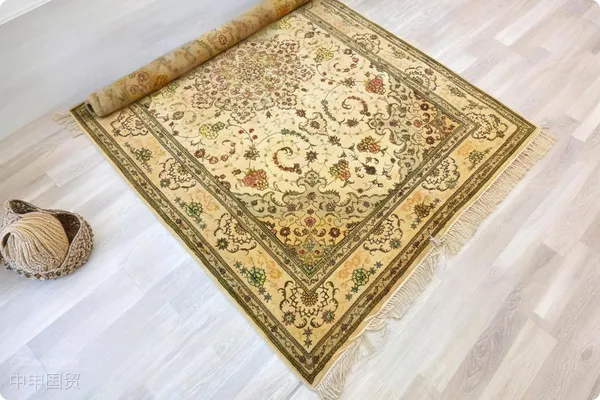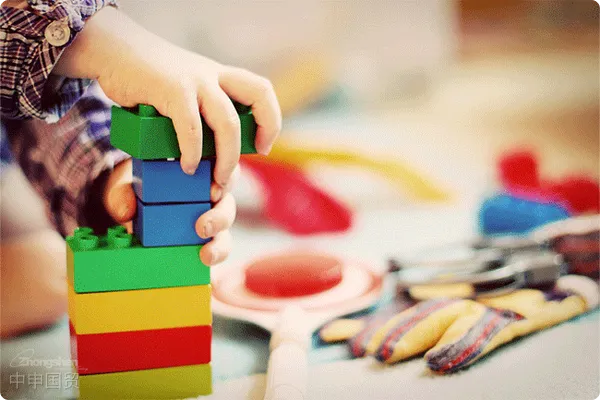- Shanghai Zhongshen International Trade Co., Ltd. - Two decades of trade agency expertise.
- Service Hotline: 139 1787 2118

In the wave of globalized commerce, lighting fixturesCompulsory certificationhave become an important direction for many lighting companies to expand overseas markets. However, to successfully enter the Russian market, it is essential to understand and meet local certification requirements, where the certification for exporting lighting fixtures to Russia plays a crucial role.
I. Why Certification is Required for Exporting Lighting Fixtures to Russia
Russia has a strict system of product quality and safety regulations. As electrical products closely related to daily life, lighting fixtures must comply with Russian standards in terms of safety, energy efficiency, etc. On one hand, certification ensures the safety of Russian consumers, preventing hazards such as electric shocks or fires due to product defects. On the other hand, it is an effective means for the Russian government to regulate the quality of imported products, ensuring that lighting fixtures in the market are reliable and align with national industrial policies and development needs.
II. Main Types of Certification for Exporting Lighting Fixtures to Russia
GOST-R certification
This is the Russian national standard certification, covering basic safety requirements for lighting fixtures, such as electrical insulation and protection against electric shock. For lighting products, GOST-R certification requires comprehensive testing of structure, materials, and electrical performance. For example, the fixtures housing must have sufficient strength to prevent breakage during normal use or accidental impact, which could harm users. The wiring must meet specific standards for temperature and wear resistance to ensure safe and reliable electrical connections.
EAC Certification (Eurasian Economic Union Certification)
With the establishment of the Eurasian Economic Union, EAC certification is recognized across member states, including Russia. EAC certification consolidates some of the previous certification requirements of member states. For lighting fixtures, it has clear specifications for safety and electromagnetic compatibility. In terms of electromagnetic compatibility, lighting fixtures must not generate excessive electromagnetic interference that could disrupt other electronic devices. At the same time, they must have sufficient immunity to operate reliably in complex electromagnetic environments.
III. Process for Certification of Lighting Fixtures Exported to Russia
Determine Certification Type and Product Scope
Companies must first identify whether GOST-R certification, EAC certification, or both are required based on their lighting products characteristics. Additionally, they must clarify the product scope, such as whether the fixtures are for indoor or outdoor use, general lighting, or special purposes, as certification standards may vary for different types and applications.
Prepare Technical Documentation
This is a critical step in the certification process. Technical documents typically include product manuals, circuit diagrams, assembly drawings, and safety test reports. The product manual must detail the fixtures functions, performance, usage instructions, and safety precautions. Circuit and assembly diagrams help certification bodies assess the internal structure and electrical connections for safety evaluation.
Once testing is approved, LED fixtures will be sent to designated laboratories for various tests. Electrical safety tests examine insulation, grounding reliability, and shock protection; electromagnetic compatibility tests ensure the fixtures wont interfere with other devices while resisting external interference; photometric tests measure brightness, uniformity, color temperature, and color rendering index to verify compliance with Russian lighting standards.
Lighting products must be sent to a Russian-accredited laboratory for testing. The test items depend on the certification type and product characteristics and may include electrical safety tests (e.g., dielectric strength, grounding resistance), optical performance tests (e.g., luminous intensity, luminous flux), and energy efficiency tests. For example, in electrical safety testing, dielectric strength tests check whether the fixture withstands high voltage without breakdown, while grounding resistance tests ensure the grounding system effectively diverts leakage current.
Factory Audit (Required for Some Certifications)
For certain certification types, Russian certification bodies may conduct audits of the lighting production facility. The audit covers production equipment, quality management systems, and manufacturing processes to ensure compliance with standards and consistent product quality.
Obtain Certification
If product testing and factory audits (if applicable) are successfully completed, the company will receive the certification for exporting lighting fixtures to Russia. This certificate serves as a market entry permit, allowing the products to be legally sold and used in Russia.
IV. Challenges and Solutions for Certification of Lighting Fixtures Exported to Russia
Language and Cultural Differences
Most certification documents and technical standards in Russia are presented in Russian, which poses a challenge for many non-Russian-speaking companies. Businesses can hire professional translators or collaborate with local Russian certification agencies to ensure accurate understanding of certification requirements and proper preparation of relevant documents.
Certification Costs and Time
The certification process for exporting lighting fixtures to Russia involves multiple steps such as product testing, document preparation, and factory audits (if applicable), which incur certain costs and may require a considerable amount of time. Companies need to plan ahead, allocate budgets and timelines appropriately, select cost-effective certification agencies, and actively cooperate with the certification process to shorten the overall duration.
Certification for exporting lighting fixtures to Russia is an indispensable step for lighting companies entering the Russian market. Although the certification process presents certain challenges, by thoroughly understanding the requirements, meticulously preparing the necessary documents, and actively engaging in the certification process, companies can successfully obtain certification, thereby expanding their business in the vast Russian market and laying a solid foundation for their international development.
Related Recommendations
? 2025. All Rights Reserved. Shanghai ICP No. 2023007705-2  PSB Record: Shanghai No.31011502009912
PSB Record: Shanghai No.31011502009912










